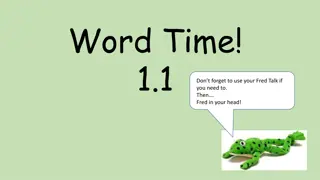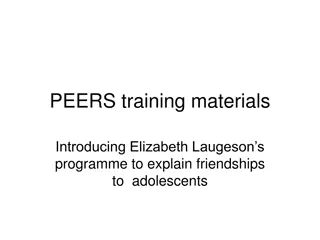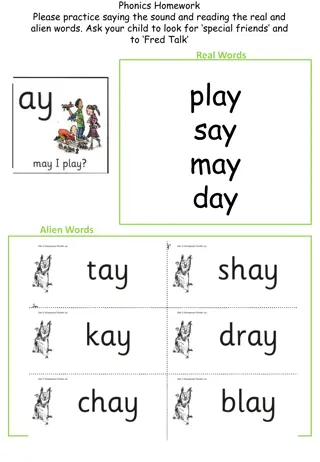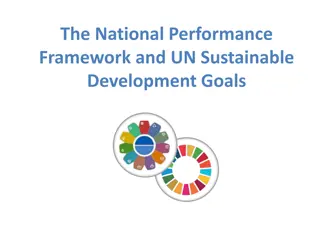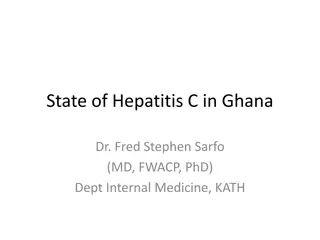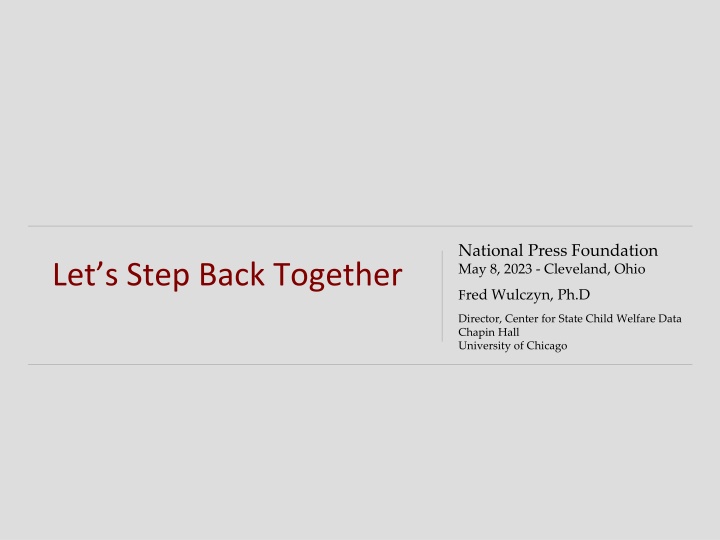
Foster Care Trends: A Data Analysis by University of Chicago
Explore the insightful research by University of Chicago's Chapin Hall Center for Children on the evolving landscape of foster care, delving into topics such as poverty, racial disparities, and changes over time in child welfare data.
Download Presentation

Please find below an Image/Link to download the presentation.
The content on the website is provided AS IS for your information and personal use only. It may not be sold, licensed, or shared on other websites without obtaining consent from the author. If you encounter any issues during the download, it is possible that the publisher has removed the file from their server.
You are allowed to download the files provided on this website for personal or commercial use, subject to the condition that they are used lawfully. All files are the property of their respective owners.
The content on the website is provided AS IS for your information and personal use only. It may not be sold, licensed, or shared on other websites without obtaining consent from the author.
E N D
Presentation Transcript
National Press Foundation May 8, 2023 - Cleveland, Ohio Let s Step Back Together Fred Wulczyn, Ph.D Director, Center for State Child Welfare Data Chapin Hall University of Chicago
Recognize This Story? 50,000 to Under 7,000 1996 to 2023 Change in the NYC foster care population University of Chicago Chapin Hall Center for Children Center for State Child Welfare Data
4.5 Million For the past 40 years, states have trusted me with the records they keep pertaining to foster care children We started with no one - today the archive represents the records of 4.5 million children and young people who lived away from their parents for some period in their life It is, as best we can assemble, a record of their lived experience with the foster care system I study their time in care, in some way, almost every day I want to share what I have learned in the last few years, now that the archive of their stories has reached its own age of maturity University of Chicago Chapin Hall Center for Children Center for State Child Welfare Data
Tell Us About Yourself University of Chicago Chapin Hall Center for Children Center for State Child Welfare Data
What Can You Tell Me About Where You Are From Poverty is important to what we say about where foster care is most common I am speaking today about counties and what can be said about counties as contexts where foster care may be more common Poverty has changed since 2000 How has that change affected the geography of foster care? Should we expect to find more foster care being used where poverty rates are higher? Should we expect the same answer whether we are talking about Black poverty and White poverty? University of Chicago Chapin Hall Center for Children Center for State Child Welfare Data
Poverty, Placement, and Change Over Time University of Chicago Chapin Hall Center for Children Center for State Child Welfare Data
What Can You Tell Us About Disparity? In the midst of all this change, how have racial differences changed if at all University of Chicago Chapin Hall Center for Children Center for State Child Welfare Data
Lets Talk More About Where You Are From How much did the changes in poverty affect placement rates? At the county level, we want to acknowledge the fact that Black families and White families (not to mention all the other families) live together in the same general area Their presence is part of where they live We should ask how often we use foster care in places where White poverty rates are elevated and vice versa - for both Black and White children University of Chicago Chapin Hall Center for Children Center for State Child Welfare Data
Where is Placement Most Common and for Whom? Placement is more common in counties where poverty is more common As poverty increases so too does the placement rate Black children are more likely to spend some time in foster care than White children but that is not true everywhere and poverty is one of the reasons why When you look at counties you see a wide diversity of people and places In places where White child poverty increased, both Black and White child placement become more common than seen previously seen In places where Black child poverty increased, placement frequency for Black and White children increased but less so than the impact of White poverty University of Chicago Chapin Hall Center for Children Center for State Child Welfare Data
How Long Were You in Care? This is a complicated story Age matters - when foster care happens says a lot Did you grow up in foster care? No, this is rare Did you spend what s left of your childhood in foster care given when you entered care? Not likely, though it depends on a child s age at first admission If you entered care for the first time before turning age 14, it has become less likely It has become more likely among older teens entering care for the first time Among all children, the children who will have spent the largest share of their childhood in foster care are the children who enter care as babies University of Chicago Chapin Hall Center for Children Center for State Child Welfare Data
What About Race and Ethnicity? Do Some Children Spend More in Foster Care Than Other The difference in how long Black children spend in care as compared to White children is not what it once was In a number of states, time in foster care for Black children is shorter than it is for White children The answer depends whether we are talking about reunification, adoption, and guardianship University of Chicago Chapin Hall Center for Children Center for State Child Welfare Data
How Much Do We Spend on Foster Care? Another hard question - depends on the cost of group care Per capita spending $1.3 million on the low side Infants use family care so we don t have to account for the cost of group care $2.9 million on the high side Most cost estimates focus on the cost of a day of care How does this align with poverty? I am going to take population view - how much do we spend here vs. there As poverty disparity goes down spending goes up University of Chicago Chapin Hall Center for Children Center for State Child Welfare Data






